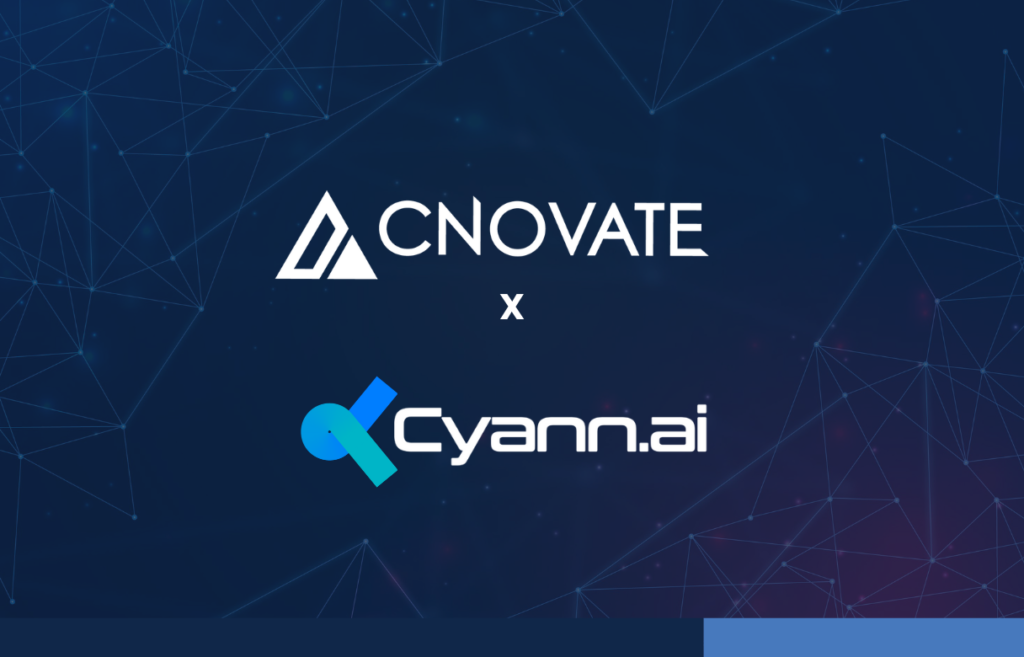Cloud is magical—until the first invoice shocks you.
At Cnovate, we’ve seen this pattern too many times: a startup migrates to Azure, full of optimism and urgency to build, only to get blindsided by a billing statement that’s 2–3x what they expected. The excitement fades. Burn rate balloons. And suddenly, cloud doesn’t feel like a strategic decision—it feels like a liability.
The truth?
Cloud isn’t cheap or expensive. It’s elastic. If you architect and estimate smartly, Azure can be incredibly cost-efficient. If not, it can quietly drain your runway before you even hit product-market fit.
This guide will help you understand how Azure billing actually works, where hidden costs lurk, and how to estimate your real costs before migrating. More importantly, I’ll share how Cnovate helps startups like yours avoid costly mistakes—without slowing you down.
Understanding Azure Billing: Simple in Theory, Complex in Practice
Azure charges on a metered model: you pay based on consumption of compute, storage, network, and platform services. Unlike traditional infrastructure, cloud pricing is highly granular—down to the second in some cases.
Here are the five core cost dimensions you must track:
Compute (VMs, containers, Azure App Service)
Storage (Blob, file, disk, and database)
Networking (Bandwidth, IPs, NAT, load balancers)
Platform Services (like Azure Cognitive Services, ML, and DevOps)
Licensing (e.g., SQL Server, Windows Server via Azure Hybrid Benefit)
The bottom line? Small architectural choices compound over time, and understanding your usage patterns upfront is the difference between sustainable scaling and spiraling costs.
The 6 Hidden Costs Startups Overlook
Overprovisioned Virtual Machines
Using more CPU or memory than necessary is a classic early mistake. Right-sizing VMs with Azure Advisor can immediately reduce spend by up to 30%.Idle Resources Running 24/7
Zombie VMs, test servers, unused environments—these drain your budget unless you proactively shut them down. Tools like Azure Automation help enforce lifecycle policies.Premium Services Without Justification
For example, using Premium SSDs when Standard SSDs are sufficient, or running SQL Server Enterprise when Standard Edition meets your needs. Performance should justify the premium.Underestimating Egress Costs
Data leaving Azure (to another region or the open internet) incurs egress charges. Especially relevant for mobile apps, ML workflows, or SaaS platforms with global user bases.Misusing Platform Services
Services like Azure Monitor or Application Insights are essential—but if misconfigured, their ingestion and retention costs can spike unexpectedly.Not Tracking Growth Impact
Costs don’t scale linearly. A 10x increase in users can lead to 30–50x increases in underlying resource usage, depending on architecture.
How Azure Pricing Works (and Where to Save)
Azure Pricing Models:
Pay-As-You-Go – No commitment, ideal for startups experimenting or scaling rapidly.
Reserved Instances – 1- or 3-year compute commitments. Discounts of up to 72% for stable workloads.
Spot Pricing – Huge discounts on unused capacity. Great for batch jobs or non-critical apps.
Azure Hybrid Benefit – Bring your existing Windows or SQL licenses. Up to 80% savings on eligible workloads.
Storage Tiers:
Hot, Cool, Archive – Storage cost drops significantly the less frequently you access data. Azure Storage pricing provides examples for each tier.
Networking:
Inbound data is free.
Outbound data (internet or inter-region) is charged per GB.
Using Azure’s Cost Estimator the Right Way
Azure offers a Pricing Calculator—but it only works if you model accurately. At Cnovate, we help startups get this right with a simple framework:
Model real-world usage patterns
Example: 3 web servers, 40 hours/week uptime, 10% monthly traffic growth.
Include all components
Backups, load balancers, monitoring, IP addresses—they all cost something.
Simulate growth over 6–12 months
Because your costs will rise—and not always predictably.
Use Dev/Test pricing
Microsoft offers lower pricing tiers for non-production workloads.
Layer in Azure Cost Management
Tools like Cost Analysis and Budget Alerts are key to proactively managing spend.
Sample Startup Cost Scenarios
Startup Type | Common Architecture | Est. Monthly Cost |
SaaS MVP | App Service + Azure SQL + Blob + Azure Monitor | $100–$500 |
AI/ML Startup | Azure Machine Learning + Cognitive Services + Storage + App Service | $300–$1,200 |
Mobile Backend | Azure Functions + Cosmos DB + API Management | $50–$400 |
E-Commerce App | AKS + Azure SQL + Front Door + Blob | $500–$2,000 |
Disclaimer: These are starting ballparks. Your actual costs will vary.
5 Cost Optimization Tips from Day One
Start Serverless Where Possible
Use Azure Functions, Logic Apps, and other pay-per-execution services before provisioning VMs.Use Reserved Instances Strategically
For long-running production environments, the savings are significant.Automate Idle Resource Shutdown
Especially for dev/test environments. Tools like Azure DevTest Labs can help.Right-Size Continuously
Monitor usage with Azure Monitor and scale down proactively.Establish Governance Early
Apply tags, budgets, and policies before you scale. It’s hard to retrofit.
How Cnovate Helps You Migrate Without the Guesswork
We partner with startups to make Azure work for them—not against their budgets. Here’s what we provide:
Upfront Cost Estimation Workshops
Real usage modeling for your app—not a generic calculator.Azure Governance Blueprints
Templates, tagging strategies, and automation to keep spend under control.Performance-to-Cost Optimization
Our engineers optimize your workloads for maximum ROI.Growth Simulation
What happens to your cloud bill at 10x users? We’ll show you—so you’re ready.
Final Thought: Cloud Isn’t Cheap. But It Is Powerful—If You Respect It.
Azure gives startups an unprecedented level of flexibility. But flexibility without strategy is just a liability.
The founders we work with aren’t afraid of the cloud—they just want to understand it. And that’s where we come in.
At Cnovate, we help startups scale smarter. We turn cloud from a wildcard into a weapon—so you can move fast, with confidence, and without burning through your budget.
Ready to migrate to Azure with financial clarity, not fear?
Let’s build something sustainable. Talk to us → https://cnovate.io/contact/



